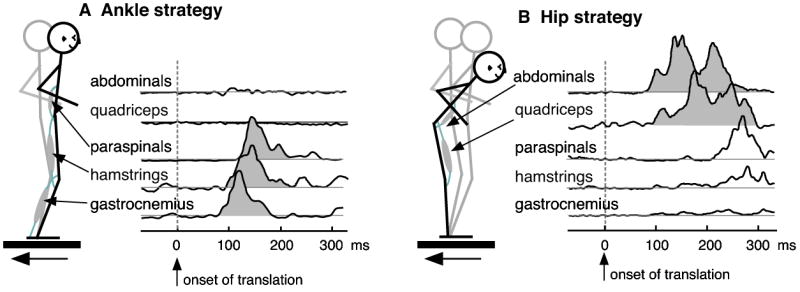Figure 4. Two postural strategies for controlling the center of mass in response to backward perturbations of the support surface.

The two postural strategies are characterized by different joint motions and muscle activation patterns. A) In the ankle strategy, motion is restricted to the ankle joint, and muscles on the posterior side of the body are activated. B) In the hip strategy, the hip is flexed and muscles on the anterior side of the body are activated, but at longer latencies than in the ankle strategy. These two strategies represent extremes of a continuum, and a mixture of the two strategies can be observed in most postural responses (Creath et al., 2005, Runge et al., 1999).
